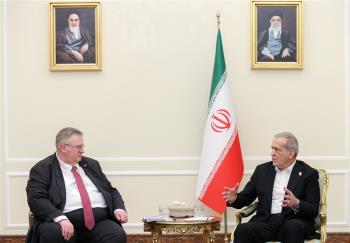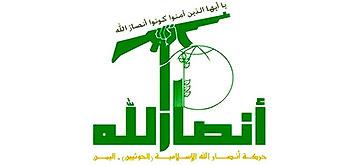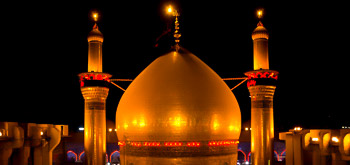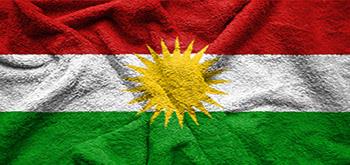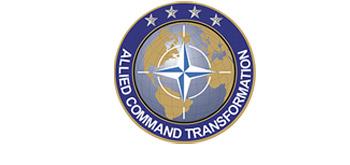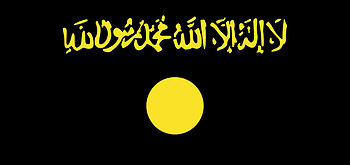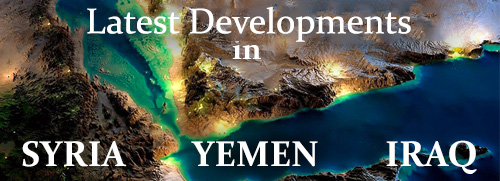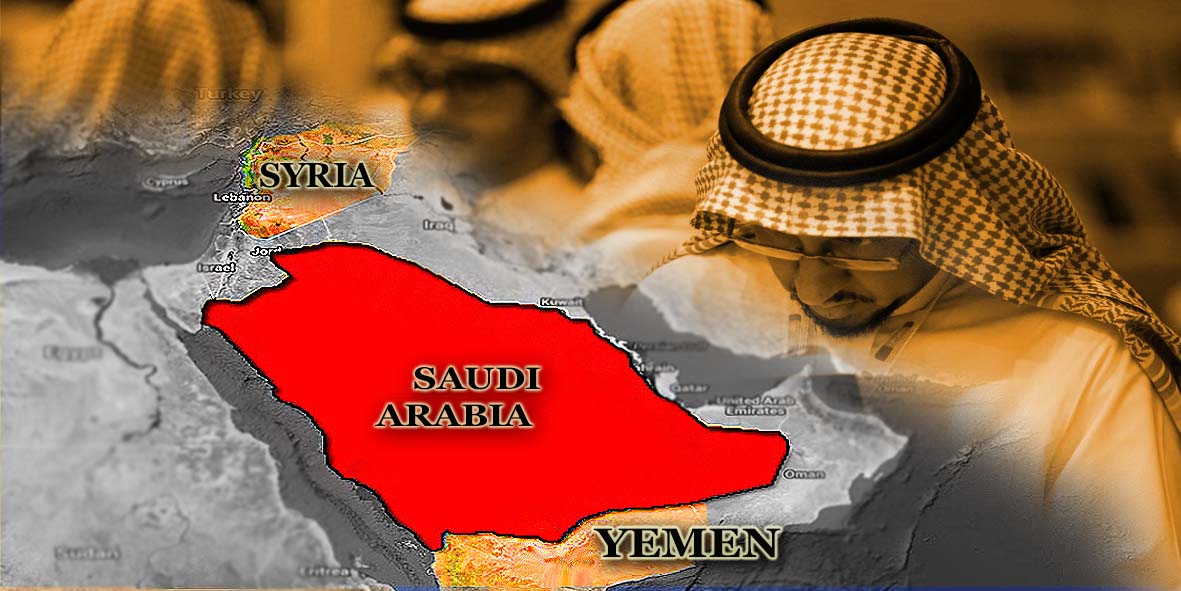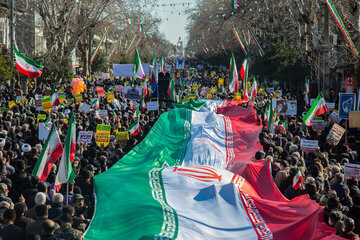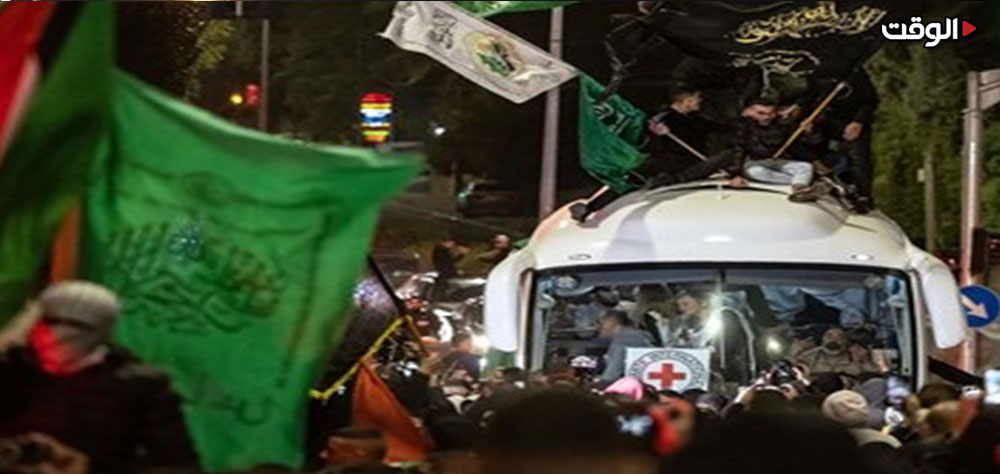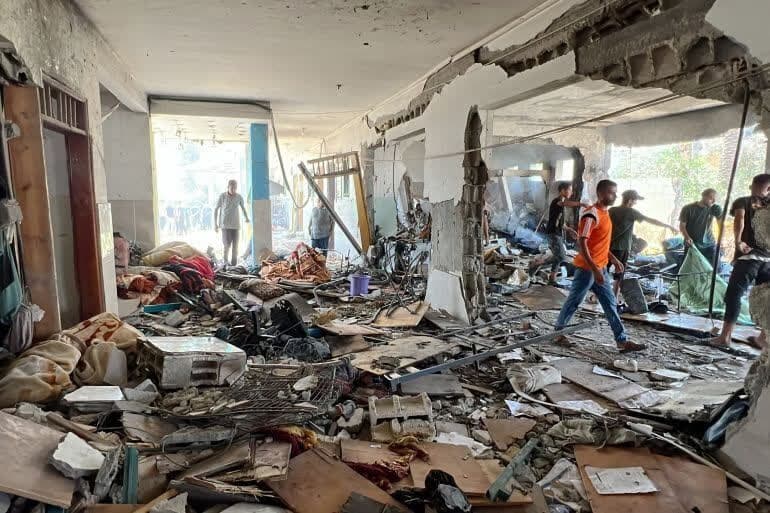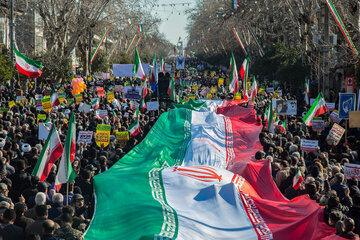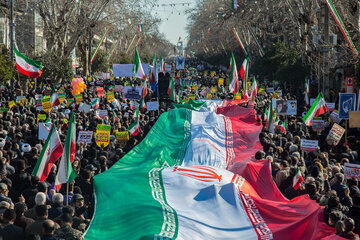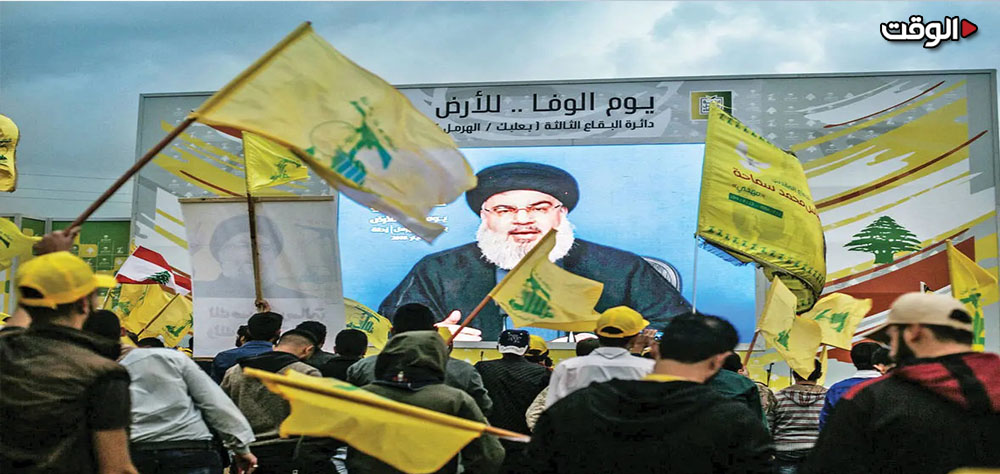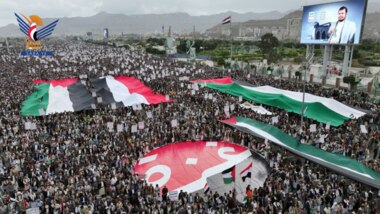Alwaght-Saudi Arabia launched an aggression against Yemeni people since March 26 2015, and so far it did not achieve any of its claimed goal, else that slaughtering hundreds of innocent Yemeni civilians not to mention the large number causalities caused so far. Air strike is not sufficient alone to say that Saudi have achieved the goals of its military operation against a nation and country with weaker air forces. Air operations play a supportive role in a war, where it aids ground forces or aids the movement of opposition groups fighting against a government. However, the air operation will be considered useless if it was not able to pave the way ahead of the aggressor troops or if the internal opposition was not able to benefit from the conditions in favor of the aggressor country. Nonetheless, the assaulter must consider the long-term consequences and effects of his air strikes .
Saudi regime’s air campaign was is not helpful to the opponents of Yemeni’s popular revolution. Two major groups of "Al Islah" and "Al Liqaa Al Mushtarak" joined the fugitive Yemeni President Mansour Hadi after his departure to Eden. Moreover, when Saudi Regime launched his aggression against Yemeni people, they remained silent and did not confirm the legitimacy of brute aggression. Abdullah Noman, the Secretary-General of the Yemeni Nasserist Party, the most important group in the "Al Liqaa Al Mushtarak" quartet, criticized Mansour Hadi and blamed him for the current situation in Yemen. The silence of Islamic Brotherhood like and Wahhabi reform parties on one hand, and the objection of Yemeni Nasserist Party’s leader shows that the Saudi regime measures did not help to strengthen the opposition .
The Objectives of the Saudi Regime’s Airstrike on Yemen
According to what have been stated by the political and military leaders of Saudi Arabia, including King Salman bin Abdulaziz, this country has considered the following objectives :
- Abort the Yemeni Popular Revolution
The Saudi regime objective from Yemeni Revolution reconciliation attempts was to halt the Yemeni revolution in 2011. In a similar context, this regime is trying through its aggression over the Yemenis to block the independence of this state from Saudi hegemony and restore the former status where Yemen belonged to the Saudi house of obedience. Saudi authorities announced that changes in Yemen are endangering the security of the Persian Gulf Cooperation Council countries and must be stopped. Actually, they were trying to remind the Yemeni Revolutionary people of the serious security implications of these changes .
- Prevent internal agreement in Yemen :
When Yemenis saw that their February Revolution has been confiscated by Saudi Arabia; they took the initiative and formed a new revolution. The peaceful revolution was based on the agreement between the Yemeni parties about the national values and the real demands of the deprived Yemeni masses. One of Ansarullah Movement’s and million Zydy and Shafei supporters’ original demands was the establishment of the results of the dialogues and agreements among Yemeni people. This agreement has one crucial basis which was the formation of a “government of national unity” to resolve the economic problems of the Yemeni people among which was implementation of the “Joraa” (sip) project in the field of agriculture .
Yemen's internal agreement achieved important results and even President Mansour Hadi recognized it. In practice, this agreement ended the hegemony of Saudi Arabia and the Persian Gulf Arab states along with their Yemeni puppets. One of the main objectives of the Saudi regime's air operations was to disturb the internal agreement and bring back the Yemeni people in to the Saudi house of obedience .
- Boost the morale of the defeated pro-Saudi Yemeni parties
Pro-Saudi parties in Yemen are the Yemeni branch of Muslim Brotherhood “Al Islah party” along with Al Liqaa Al Mushtarak party, Yemen’s branch of Al Qaeda “Ansar Al Sharia” and a militia affiliated to the fugitive Yemeni president Mansour Hadi. When the Yemeni revolutionary forces seized control over Sanaa in mid-September, since then pro-Saudi parties are suffering from low morale. Meantime, fugitive Yemeni president Mansour Hadi who had introduced his scheme to divided Yemen into six regions was forced to comply with the revolutionary forces led by Ansarullah Movement. In this context was when “Mohammed Basindawa ” resigned as a prime minister and Khaled Mahafoudh Bahah took office as Prime Minister on 9 November 2014. However, eventually, Mansour Hadi breached the agreement and resigned in January 2015. One and a half month later, Mansour Hadi fled to Adan and announced a new government in the southern Yemeni capital. The initiative, which was supported and designed by Saudi Arabia, did not last more than a month where Aden then was sieged by Ansarullah Movement forces . After the Saudi plan to start a separatist government in Aden failed and Abed Rabbo fled, most of his self-proclaimed government officials were arrested and the Saudis announced their air assault against Yemen. Saudis reckoned that through this aggression the shattered pro-Saudi parties will turn into a strong opposition that prevents the formation of a government coordinated by Ansarullah Movement in Sana'a. But ten days after the operation, pro-Saudi forces failed to take effective measures, and Ansarullah Movement succeeded in the annexation of four southern provinces Aden, Ad Dhale'e District, Lahij and Abyan to regions seized by the movement .
- Destruction of Yemen’s air defense and military bases :
Upon the formation of Ansarullah Movement and Yemeni military alliance, Saudi Arabia attacked the defense centers and military bases in Yemen to harm the weaponry and military capabilities of Yemen. Among the attacked bases are the First Armored Division Headquarters, which was previously commanded byAli Mohsen al-Ahmar, Aldylmy and Alsbahh garrisons in Sana'a, Rimah military base in Sanjan, Alhdydh air base, an air base in the province of Taiz and Anad military base in Lahj province. All of the aforementioned military bases where stroke by Saudi warplanes on several occasions. However, contrary to the impression of the military authorities in Saudi Arabia, The air strikes did not cause much damage into Yemen's military infrastructure because military officials with previous forecasts, had thought necessary measures to protect their weapons .
- Delivering a burned ground to the Yemeni Revolution :
The Saudi regime attacked the infrastructure of this country with the objective of confronting the revolution and the Yemeni people with a crisis of and angaging them with several social problems. They thought that through the destruction of Yemen’ limited industrial, agricultural facilities and social services, will soon put the Yemenis in confrontation with the revolutionary forces and leaders .
Yemeni people have a weak economy, while the country benefits from oil, gas, aluminum, food industry, textile industry, marine industry, a strategic marine location; which incase the country had a national legitimate government, today the Yemeni nation could have been living in a proper welfare. Nevertheless, UN High Commissioner announced that the unemployment rate in Yemen in 2013 reached 35%. Yemen has a good ranking in the production and export of agricultural products, including cereals, fruit, vegetables, cotton, coffee, dairy products and animal species. In the meantime, sorghum, cotton and mango of Yemen have many customers in the region. The objective pursued by the Saudi aggression on Yemen’s limited infrastructure is to scare out people from poverty and thereby driving them away from revolution and its leaders; but despite ten days of brutal air strikes by the Saudi regime over economically important provinces of Yemen, no sign of a break-up of the revolution has seen yet .
To be continued …


